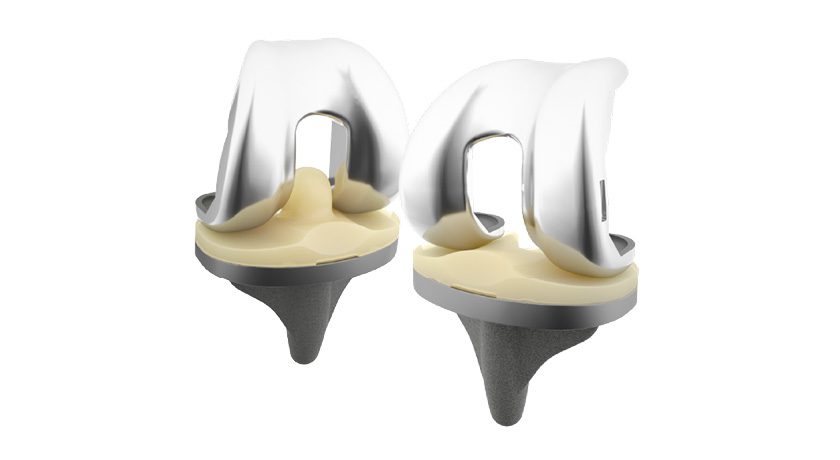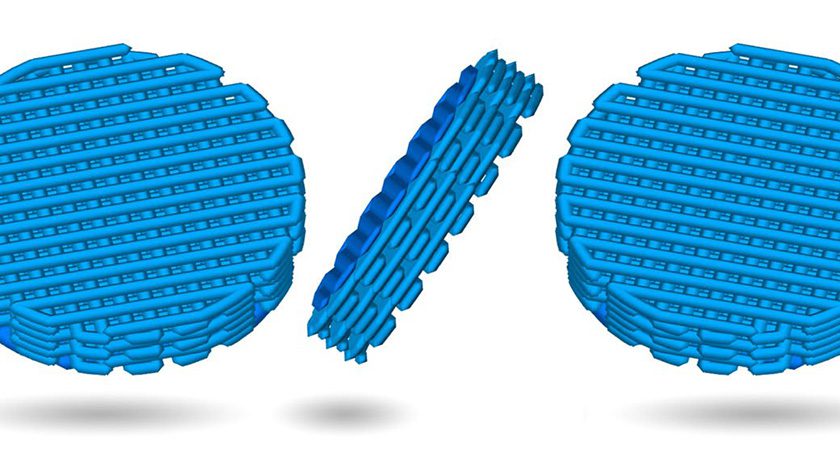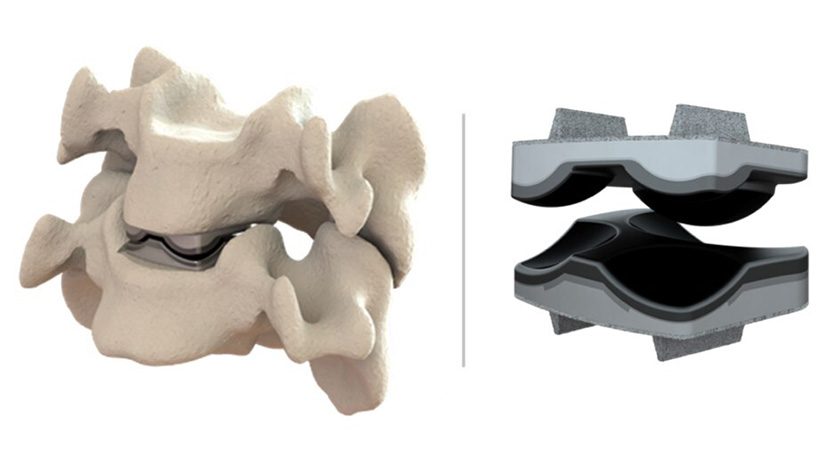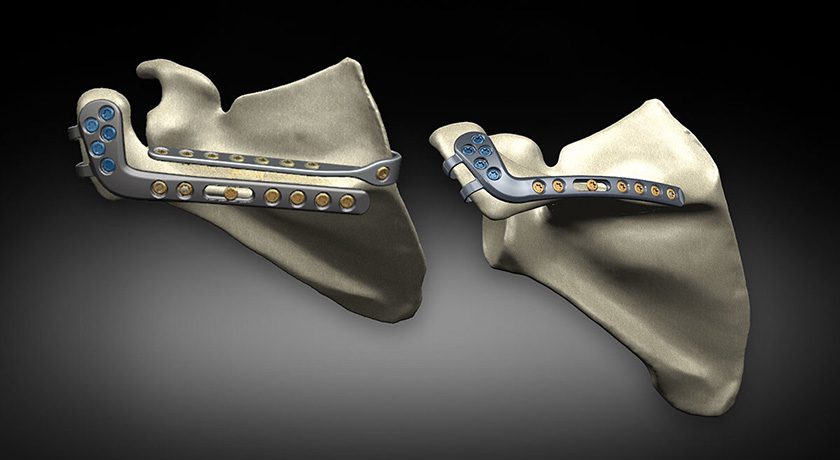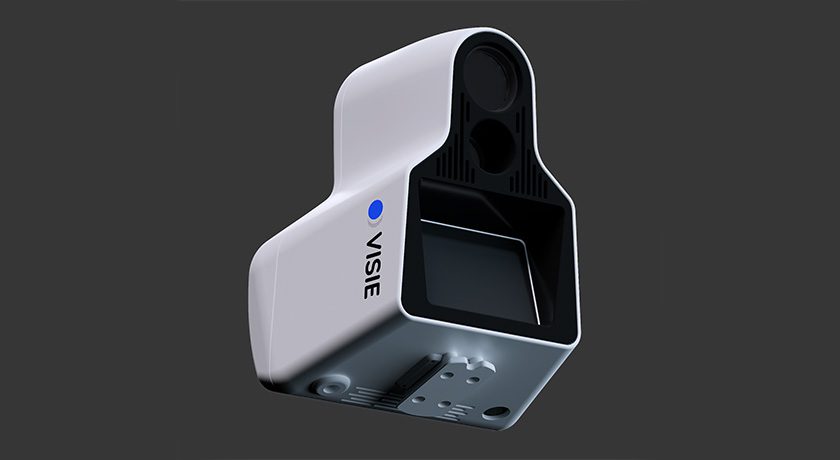

 Copy to clipboard
Copy to clipboard 
FDA’s enforcement discretion for Human Cell and Tissue Products ended in May. As some companies have taken a wait-and-see approach to regulatory strategy, FDA doubled down on its enforcement commitment.
Despite a 10% contraction of the overall 2020 orthopedic market, directly attributable to the COVID-19 pandemic, the orthobiologic product segment still represents 10% of the worldwide marketplace with sales exceeding $4.5 billion worldwide, according to ORTHOWORLD estimates. Orthobiologics remains an important segment of our industry and is forecasted to grow +18% in 2021, after suffering a 14% decline in 2020.
While the majority of products comprising these sales have been approved by FDA through the PMA, BLA or 510(k) pathways, there exists another set of clinical offerings exempt from FDA review if they meet certain criteria. More specifically, this is a subgroup of Human Cell and Tissue Products (HCT/Ps) that qualify for legal marketing if they comply with Section 361 of the Public Health Services Act and 21 CFR 1271. In 2017, FDA issued Guidance for Industry on the regulation of HCT/Ps, and provided a three-year period of enforcement discretion in hopes that those who were violating the rules would come to FDA to pursue proper registration. Unfortunately, too few companies who were violating these rules have embarked on the proper path to partner with FDA.
How Did We Get Here?
The three-plus year window of FDA’s enforcement discretion ended on May 31, 2021, and an updated warning was issued on June 3, 2021, citing the illegality of continued marketing of unapproved products considered regenerative therapies. This notification specified a list of products that require FDA licensure or approval prior to commercialization and includes the following: stem cells, stromal vascular fraction from adipose tissue, umbilical cord blood, amniotic fluid, Wharton’s jelly, micronized amniotic tissue, and exosomes. While some of these products are in fact amidst an appropriate clinical trial under FDA scrutiny, it is crucial to note that none of these products may be legally sold or provided outside of that formal study. To be clear, both companies and health care practitioners (HCPs) who provide such unapproved products to patients are breaking the law and are subject to harsh consequences including fines and possible imprisonment. In the last three years, FDA has issued almost 350 letters warning HCPs, company sponsors, hospitals, clinics and distributors of various products that their practices are suspect or in direct violation of Federal laws.
Sadly, the indisputable fact that there are no approved “stem cell” products to treat any musculoskeletal condition in the United States has not thwarted some companies and even more doctors from promoting their brand of HCT/Ps as a “regenerative cure” for osteoarthritis, disc degeneration, tendonitis, meniscal injury, torn ACL and many other conditions. These and other “bad actors” who inappropriately market and sell HCT/Ps that do NOT qualify for Section 361 exemption, or do not have FDA approval, have seemingly done so without regard to the reputational damage it has caused our industry. Use of these products is not only ineffective in many cases, but has led to serious and life-threatening complications in some patients. This needs to stop, lest we further besmirch our broader community of HCPs and industry sponsors who seek to do the right thing for our patients and customers.
What Should Companies Do Next?
If your company is involved in the development of such HCT/Ps, other human-derived material that FDA considers a biologic drug (such as amniotic fluid), or you are uncertain how and whether your orthobiologic product requires FDA approval, it is important to meet with FDA and determine the appropriate regulatory pathway. The laws, regulations and procedures to navigate the FDA approval process (or exemption) for orthobiologic products have been clearly established and are available on the FDA website. New therapeutics may be regulated as a device, a biologic, a drug, a combination product, or an HCT/P that is exempt from FDA review. The journey from initial product concept through FDA approval can be long and expensive, and first requires a very clear understanding of the necessary steps. This can be crystalized through careful strategy development between industry sponsors, regulatory professionals and our colleagues at FDA who are available to assist. These pathways are in place to protect not only the well-being of our patients, but to level the playing field so that all sponsors meet the necessary standards of safety and efficacy.
FDA has also established several programs to facilitate expedited review and approval of products in this category. To date, two orthopedic products in development have received the Regenerative Medicine Advanced Technology (RMAT) designation, and others have availed themselves to review accelerators defined in part by the 21st Century Cures Act. Regardless of the specific pathway that your product concept fits within, the importance of partnering with FDA has never been greater. One can expect increased diligence regarding compliance, and additional sanctions on multiple fronts for those who disobey the laws. The number of FDA Warning Letters issued during President Trump’s administration was reduced by 80% compared to that of President Obama, and our colleagues at FDA have signaled that resources will again be available to increase compliance and punish “bad actors” under the Biden administration.
Can We Continue to Sell Existing Products?
Lastly, for those industry sponsors whose products DO have a proper legal basis for sale (i.e., 510(k) clearance, PMA or BLA approval, or a confirmed Section 361 exemption), it is important to limit the promotion and marketing materials only to the indications included in the product labeling. Physicians, on the other hand, may choose to USE the products and treat their patients in ways that are not reflected by the FDA labeling claims. For example, none of the existing FDA-cleared devices for the preparation of autologous platelet rich plasma, bone marrow concentrate, or microfragmented adipose tissue have been approved by FDA for the “treatment of osteoarthritis of the knee,” but HCPs may use these devices in that or any other setting where they feel that sufficient evidence exists to support such a clinical decision. FDA has no jurisdiction over physicians in their practice of medicine when they are using legally available products. Consider for example the practice of prescribing oral medications in an off-label way, which has been done for decades. Sponsor companies may not guide HCPs to do this either, although more sophisticated firms sometimes create a Medical Science Liaison role, which is a person who can respond to unsolicited requests regarding off-label use. There are special rules governing how dissemination of information regarding unapproved uses must be handled, and this too is available at FDA’s website.
In conclusion, we are entering a new era of heightened scrutiny related to tissue repair, protection, healing and regeneration. In order to maintain the utmost respect for our patients, the HCP community, and our industry peers, we must all understand and abide the Federal laws related to product development and marketing. In this way, we can effectively manage the expectations of patients, deliver high quality care and allow the high tide of success to raise all well-constructed boats that venture into these turbulent waters.
FDA’s enforcement discretion for Human Cell and Tissue Products ended in May. As some companies have taken a wait-and-see approach to regulatory strategy, FDA doubled down on its enforcement commitment.
Despite a 10% contraction of the overall 2020 orthopedic market, directly attributable to the COVID-19 pandemic, the orthobiologic product...
FDA’s enforcement discretion for Human Cell and Tissue Products ended in May. As some companies have taken a wait-and-see approach to regulatory strategy, FDA doubled down on its enforcement commitment.
Despite a 10% contraction of the overall 2020 orthopedic market, directly attributable to the COVID-19 pandemic, the orthobiologic product segment still represents 10% of the worldwide marketplace with sales exceeding $4.5 billion worldwide, according to ORTHOWORLD estimates. Orthobiologics remains an important segment of our industry and is forecasted to grow +18% in 2021, after suffering a 14% decline in 2020.
While the majority of products comprising these sales have been approved by FDA through the PMA, BLA or 510(k) pathways, there exists another set of clinical offerings exempt from FDA review if they meet certain criteria. More specifically, this is a subgroup of Human Cell and Tissue Products (HCT/Ps) that qualify for legal marketing if they comply with Section 361 of the Public Health Services Act and 21 CFR 1271. In 2017, FDA issued Guidance for Industry on the regulation of HCT/Ps, and provided a three-year period of enforcement discretion in hopes that those who were violating the rules would come to FDA to pursue proper registration. Unfortunately, too few companies who were violating these rules have embarked on the proper path to partner with FDA.
How Did We Get Here?
The three-plus year window of FDA’s enforcement discretion ended on May 31, 2021, and an updated warning was issued on June 3, 2021, citing the illegality of continued marketing of unapproved products considered regenerative therapies. This notification specified a list of products that require FDA licensure or approval prior to commercialization and includes the following: stem cells, stromal vascular fraction from adipose tissue, umbilical cord blood, amniotic fluid, Wharton’s jelly, micronized amniotic tissue, and exosomes. While some of these products are in fact amidst an appropriate clinical trial under FDA scrutiny, it is crucial to note that none of these products may be legally sold or provided outside of that formal study. To be clear, both companies and health care practitioners (HCPs) who provide such unapproved products to patients are breaking the law and are subject to harsh consequences including fines and possible imprisonment. In the last three years, FDA has issued almost 350 letters warning HCPs, company sponsors, hospitals, clinics and distributors of various products that their practices are suspect or in direct violation of Federal laws.
Sadly, the indisputable fact that there are no approved “stem cell” products to treat any musculoskeletal condition in the United States has not thwarted some companies and even more doctors from promoting their brand of HCT/Ps as a “regenerative cure” for osteoarthritis, disc degeneration, tendonitis, meniscal injury, torn ACL and many other conditions. These and other “bad actors” who inappropriately market and sell HCT/Ps that do NOT qualify for Section 361 exemption, or do not have FDA approval, have seemingly done so without regard to the reputational damage it has caused our industry. Use of these products is not only ineffective in many cases, but has led to serious and life-threatening complications in some patients. This needs to stop, lest we further besmirch our broader community of HCPs and industry sponsors who seek to do the right thing for our patients and customers.
What Should Companies Do Next?
If your company is involved in the development of such HCT/Ps, other human-derived material that FDA considers a biologic drug (such as amniotic fluid), or you are uncertain how and whether your orthobiologic product requires FDA approval, it is important to meet with FDA and determine the appropriate regulatory pathway. The laws, regulations and procedures to navigate the FDA approval process (or exemption) for orthobiologic products have been clearly established and are available on the FDA website. New therapeutics may be regulated as a device, a biologic, a drug, a combination product, or an HCT/P that is exempt from FDA review. The journey from initial product concept through FDA approval can be long and expensive, and first requires a very clear understanding of the necessary steps. This can be crystalized through careful strategy development between industry sponsors, regulatory professionals and our colleagues at FDA who are available to assist. These pathways are in place to protect not only the well-being of our patients, but to level the playing field so that all sponsors meet the necessary standards of safety and efficacy.
FDA has also established several programs to facilitate expedited review and approval of products in this category. To date, two orthopedic products in development have received the Regenerative Medicine Advanced Technology (RMAT) designation, and others have availed themselves to review accelerators defined in part by the 21st Century Cures Act. Regardless of the specific pathway that your product concept fits within, the importance of partnering with FDA has never been greater. One can expect increased diligence regarding compliance, and additional sanctions on multiple fronts for those who disobey the laws. The number of FDA Warning Letters issued during President Trump’s administration was reduced by 80% compared to that of President Obama, and our colleagues at FDA have signaled that resources will again be available to increase compliance and punish “bad actors” under the Biden administration.
Can We Continue to Sell Existing Products?
Lastly, for those industry sponsors whose products DO have a proper legal basis for sale (i.e., 510(k) clearance, PMA or BLA approval, or a confirmed Section 361 exemption), it is important to limit the promotion and marketing materials only to the indications included in the product labeling. Physicians, on the other hand, may choose to USE the products and treat their patients in ways that are not reflected by the FDA labeling claims. For example, none of the existing FDA-cleared devices for the preparation of autologous platelet rich plasma, bone marrow concentrate, or microfragmented adipose tissue have been approved by FDA for the “treatment of osteoarthritis of the knee,” but HCPs may use these devices in that or any other setting where they feel that sufficient evidence exists to support such a clinical decision. FDA has no jurisdiction over physicians in their practice of medicine when they are using legally available products. Consider for example the practice of prescribing oral medications in an off-label way, which has been done for decades. Sponsor companies may not guide HCPs to do this either, although more sophisticated firms sometimes create a Medical Science Liaison role, which is a person who can respond to unsolicited requests regarding off-label use. There are special rules governing how dissemination of information regarding unapproved uses must be handled, and this too is available at FDA’s website.
In conclusion, we are entering a new era of heightened scrutiny related to tissue repair, protection, healing and regeneration. In order to maintain the utmost respect for our patients, the HCP community, and our industry peers, we must all understand and abide the Federal laws related to product development and marketing. In this way, we can effectively manage the expectations of patients, deliver high quality care and allow the high tide of success to raise all well-constructed boats that venture into these turbulent waters.

You are out of free articles for this month
Subscribe as a Guest for $0 and unlock a total of 5 articles per month.
You are out of five articles for this month
Subscribe as an Executive Member for access to unlimited articles, THE ORTHOPAEDIC INDUSTRY ANNUAL REPORT and more.
SB
Scott Bruder ,M.D., founded the Bruder Consulting and Venture Group in 2015 after 25 years in the industrial sector, serving in the C-suites of Stryker, BD and Johnson & Johnson. In addition to his tenure throughout the industry, Dr. Bruder has maintained an active academic presence, serving as an Adjunct Professor of Biomedical Engineering at Case Western Reserve University since 2011, after 13 years as adjunct faculty in the Department of Orthopaedic Surgery. Currently, he also serves on the Board of Directors of both publicly-held and private equity-backed medical device companies.


